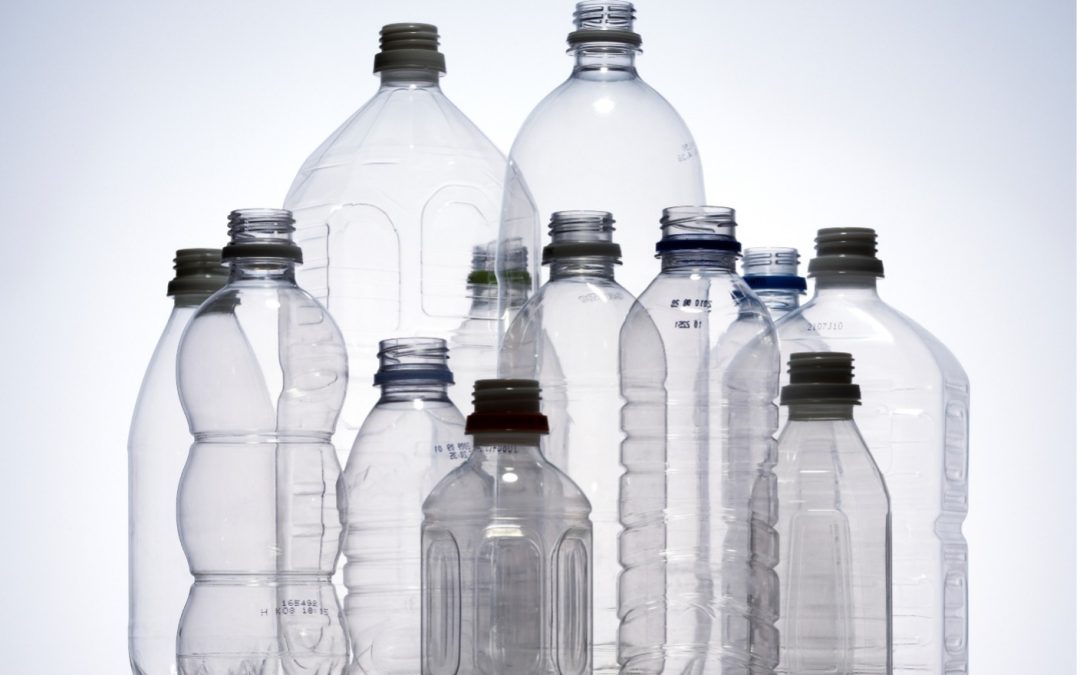What are PFAS?
PFAS are manufactured chemicals that have been used in industry and consumer products since the 1940s. Because of their widespread use and their persistence in the environment, many PFAS are found in the blood of people and animals all over the world. There are thousands of different PFAS, some of which have been more widely used and studied than others.
How harmful are PFAS?
Researchers are working to better understand how toxic or harmful PFAS are to people and the environment. This process includes conducting long, in-depth evaluations of a few specific PFAS, as well as shorter scientific studies that provide information about hundreds of PFAS. By using multiple approaches, EPA can better understand how harmful specific chemicals can be and use the information to prioritize the agency’s work to protect human health and the environment.
How are people exposed to PFAS?
Researchers are developing and testing methods to determine where PFAS come from, how they move through the environment, and how people are exposed. This information is crucial to knowing how to ‘break’ the exposure pathway and thereby prevent people from being exposed to PFAS.
What EPA Has Learned So Far
- PFAS are widely used, LONG-LASTING chemicals, components of which break down very slowly over time.
- Because of their widespread use and their persistence in the environment, many PFAS are found in the blood of people and animals all over the world and are present at low levels in a variety of food products and in the environment.
- PFAS are found in water, air, fish, and soil at locations across the nation and the globe.
- Scientific studies have shown that exposure to some PFAS in the environment may be linked to harmful health effects in humans and animals.
- There are thousands of PFAS chemicals, and they are found in many different consumer, commercial, and industrial products. This makes it challenging to study and assess the potential human health and environmental risks.
What We Don’t Fully Understand Yet
EPA’s researchers and partners across the country are working hard to answer critical questions about PFAS:
- How to better and more efficiently detect and measure PFAS in our air, water, soil, and fish and wildlife
- How much people are exposed to PFAS
- How harmful PFAS are to people and the environment
- How to remove PFAS from drinking water
- How to manage and dispose of PFAS
Increasing Our Understanding of How to Address PFAS in the Environment:
How can we remove PFAS from drinking water?
Researchers are studying the effectiveness of various technologies at removing PFAS from drinking water. This work helps the people who manage water treatment facilities make informed choices about methods or technologies to use. Researchers are also studying the effectiveness of household water filters so that people have the information they need for their own home.
How should we manage and dispose of PFAS?
Researchers are working to help understand how to safely dispose of materials that contain PFAS. Due to their strong chemical bonds, PFAS are difficult to destroy. EPA and other federal agencies’ researchers are doing tests to figure out the best ways to destroy and dispose of PFAS, such as through incineration, landfilling, and more. The agency is also working to understand how PFAS at a contaminated site may move into the nearby water, soil, or air.
The PFAS-REACH (Research, Education, and Action for Community Health) project, funded by the National Institute of Environmental Health Sciences, gives the following advice on how to avoid PFAS at home and in products:
- Stay away from stain-resistant carpets and upholstery, and don’t use waterproofing sprays.
- Look for the ingredient polytetrafluoroethylene, or PTFE, or other “fluoro” ingredients on product labels.
- Avoid nonstick cookware. Instead use cast-iron, stainless steel, glass or enamel products.
- Boycott takeout containers and other food packaging. Instead cook at home and eat more fresh foods.
- Don’t eat microwave popcorn or greasy foods wrapped in paper.
- Choose uncoated nylon or silk dental floss or one that is coated in natural wax.
Spencer-SHE has been providing Safety, Health and Environmental Compliance Guidance since 1980. A goal for our company in 2024 is to reduce our contribution to the PFAs problem due to the impact of man-made chemicals that do not break down easily in the environment. Let us help limit your exposure to PFAs to protect your health.
Contact us here to help you to develop and maintain a safe and healthy workforce.
Sources:
https://doi.org/10.1073/pnas.2300582121
https://www.cnn.com/2023/03/14/health/pfas-water-filters-wellness
https://www.epa.gov/system/files/documents/2023-10/final-virtual-pfas-explainer-508.pdf

